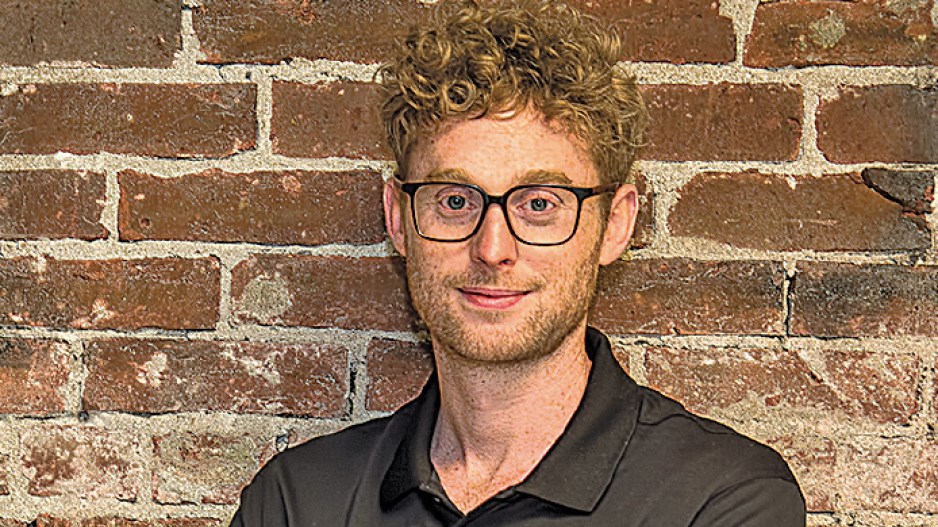Asked if he could have followed another career path instead of technology, Owen Ingraham thought to himself momentarily, then smiled and gave his take on the question – breaking into laughter as he spoke.
“Maybe I can be a professional DJ,” joked Ingraham. “Or a backup dancer.”
Whether or not the music world lost out on a prodigious talent when Ingraham chose tech is up for debate, but what isn’t is that the 35-year-old chief technology officer at Vancouver-based EasyMarkit has not lacked in finding other ways to reach people in his chosen career path.
That’s because EasyMarkit, maker of patient-communication software for the dentistry sector, now has about 85% of North America’s dental schools using its enterprise software for managing text, email and voice messages for patients. The messages range from appointment reminders to instructions on pre- and post-appointment care, and EasyMarkit has since moved beyond the enterprise software market into marketing to small, independent commercial dentists in an attempt to broaden the company’s horizons.
All this started in 2010 with four people, including Ingraham, and a small office borrowed from another company. Today, EasyMarkit has a team of 75 employees operating out of a 9,000-square-foot studio in Chinatown, and Ingraham said it shows that a startup can succeed if it finds a market where the customers’ needs are not being served.
“At the beginning, there were no products in the market that could manage multiple clinics and lots of different users in an enterprise software,” Ingraham said. “It’s a very rewarding process…. and hopefully that leads to better health, better awareness of health, and just a better overall communications experience. That’s where my focus has to be.”
Asked about how technology became his career choice, Ingraham said the idea came early in high school: “I do remember one moment in Grade 8, and I saw someone in an older class edit some HTML. I remember that you could see the results right away, and I thought that was so cool that you can just see it. HTML is very approachable that way. So I think that’s what got me in.”
The EasyMarkit CTO has worked in a number of companies since starting out with a web-design firm in 2000. He said the most important lesson for him came five years later when he took his first “serious programming” job at an Ontario-based company that taught him the importance of using technology concepts to help people in the real world.
“That was my first big inspiration, to approach programming with a practical sense and not an academic sense,” Ingraham said. “You have to really find a middle ground between research and application; you have to get to an actual productivity, instead of always just doing things without thinking about it.”
For the last few years, EasyMarkit has shifted towards gaining small-business clients – a process Ingraham admitted has a learning curve because of the differences between it and selling to larger enterprise customers. But he also noted that the company has picked up some momentum in that market despite the presence of more competitors, adding that EasyMarkit software can now also be found at some optometrists’ and dermatologists’ offices.
“We are learning as we go,” he said. “We are definitely trying to gear up to become more approachable. The goal is to make the software more accessible; right now, the enterprise software has so many features and functionalities that we want to make it as simple as possible for small-business users.… But I didn’t imagine that we’d ever have basically all the dental schools in North America use us – like they do now – and I never imagined our software going to places like [New York University], Tufts and Harvard.”
Ingraham added that his next focus is to have the medical and technology sectors benefit each other in a more streamlined way.
“The medical space generally can definitely use more technology,” he said.
“It’s sad that it’s the industry that typically gets the technology last; some people are still faxing things around. So I think what’s next is to keep going into that inspiration, to help patients with their care – and hopefully, in the future, we can get more and more impactful so that we can see a bigger societal impact.” •
Join us to celebrate standout technology leadership and breakthrough innovation when Business in Vancouver hosts the inaugural BC CTO Awards gala awards luncheon on September 18th, 2019, at the Fairmont Waterfront hotel. For tickets and info, check out biv.com/bc-cto-awards.




